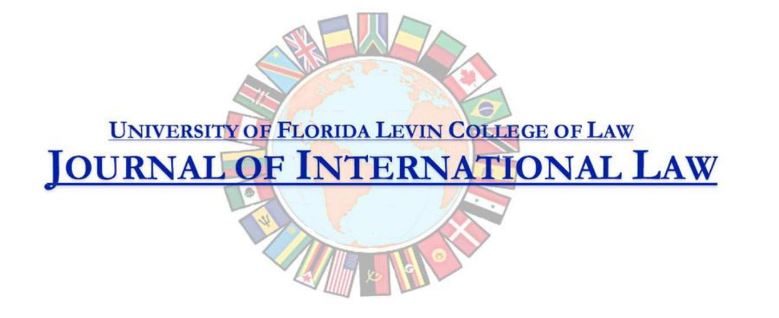
Abstract
Prior to the Cuban Revolution of 1959, Cuban exports to the United States held a privileged position in the US market. Many of the country’s exports paid at least 20% less in duties than competitors and after 1934, Cuba’s main export—sugar-- had a guaranteed quota in the US market. Yet these trade agreements—specifically, the Reciprocity Convention of 1902 and the Reciprocal Trade Agreement of 1934—have often been criticized by Cuban and US scholars alike as having condemned Cuba to a monoculture economy.
Moreover, critics contend that the treaties led to the dominance of US capital in Cuba’s sugar industry, and that those who gained the most from the treaties were US investors in Cuba along with mainland sugar refineries. In addition, the treaties did little to diversify the Cuban economy, reproducing its food dependence while discouraging its industrial development. Further, what little export diversification was achieved, such as the development of non-traditional agricultural exports, was insignificant and provided few benefits to Cubans.
This paper considers the latter charge-- the extent to which these trade agreements facilitated the development of non-traditional agricultural exports, and whether their development only benefited US interests. There is a considerable literature regarding the first two issues. It is the question of export diversification that has yet to be examined in much depth. We do so by undertaking a detailed analysis of Cuba’s non-sugar and tobacco exports (NST) to the United States, focusing on the development of non-traditional exports of fruits and vegetables.
Recommended Citation
Deere, Carmen Diana
(2017)
"US-Cuba Trade and the Challenge of Diversifying a Sugar Economy, 1902-1962,"
Florida Journal of International Law: Vol. 29:
Iss.
1, Article 9.
Available at:
https://scholarship.law.ufl.edu/fjil/vol29/iss1/9